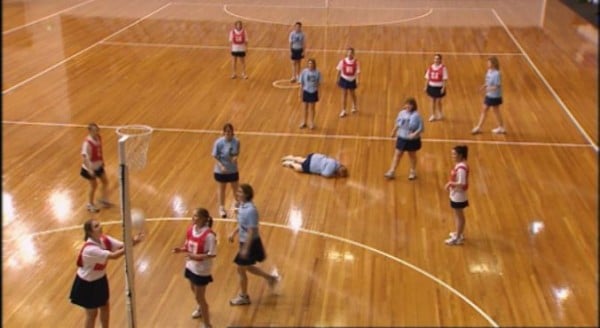
Image via iStock.
Having weak or sore knees is a common complaint in people of all ages, whether you’re a frequent or more, ahem, “sporadic” exerciser.
But just because it’s common, doesn’t make it something that you should put up with and accept as “nomal”. Ignoring it can acutally cause more serious problems.
RELATED: The 5 most common aches and pains you get during exercising
1. Acknowledge the issue
According to Pick It Up! personal trainer Michael Genitsaris, while there are many injuries that can be associated with the knee joint, including strained ligaments and osteoarthritis, most will have a similar effect on your ability to exercise.
What’s most important is understanding how you can continue being fit and healthy while working through a knee injury.
“I would never recommend anyone to completely stop exercising,” he says. “But you do need to make some alterations to what you’re doing.”
2. Do what you can
Get an expert’s opinion on your situation so that they can give you a plan to recovery.
RELATED: The 10 household items you can use as exercise equipment
After that, Genitsaris says to start thinking about things that you can still do, such as upper body exercises, aqua exercises and in some cases, cycling. These are all activities you can do to keep your fitness levels up while your knee recovers. (Post continues after gallery.)
TV Workout Games
3. Make appropriate changes
“It’s likely you will need to reduce the impact on the knee, like excessive weight bearing movements, as well as repetitive bending of the joint,” he says.
